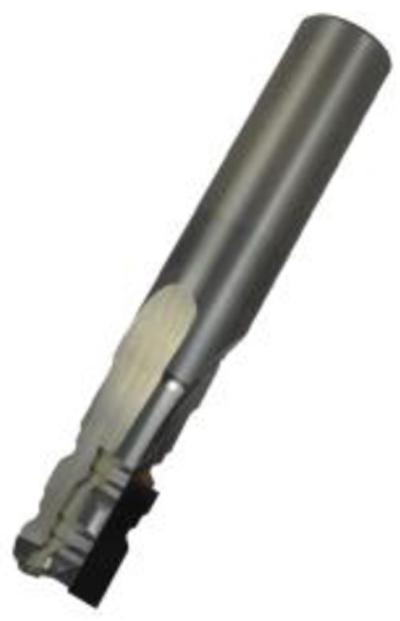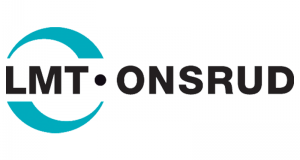
LMT Onsrud LP introduces the latest addition to its comprehensive line of chip control technology with the Progressive Chipbreaker (67-220 series) tooling for composite materials. The Progressive Chipbreaker is designed to provide superior chip control and increased tool life.
LMT Onsrud's new chipbreaker incorporates a unique geometry with a PCD cutting edge to support a wide range of feed rates and depth of cut combinations while extending the life of the tool. This is accomplished by utilizing a distinct Hi-Low asymmetrical chipbreaker profile which reduces vibration and chatter, caused by harmonic imbalance, resulting in improved surface finishes, while reducing noise levels and wear on the tool. The same pattern of the PCD is equally matched on the solid carbide body behind the PCD cutting edge giving exceptional support to the cutting edge and improved machining capability.
These peak performance three flute tools with a 3° up-shear are designed to promote efficient chip evacuation while the ‘staggered' cutting edge pattern is engineered to generate very low cutting forces while reducing the temperature in the cutting area. This combination of chip removal and temperature reduction allows for increases in cutting speeds to gain productivity.
LMT Onsrud uses a specialized grade of PCD suited for these special composite applications. The extreme hardness of this PCD blend is an asset with regards to tool wear, tool longevity, and improved finish.
In Phenolic (high-pressure thermosetting industrial laminated plastic) applications, integrating the same successful edge pattern provides a free cutting action, reducing cutting pressures, while providing better finishes and with significant lower noise levels. The user benefits in improved parts and productivity. The three flute design enables high production in any CNC machining environment or application. The Progressive Chipbreaker is the perfect choice for minimizing tool changes and maximizing productivity.
Contact Details
Related Glossary Terms
- chatter
chatter
Condition of vibration involving the machine, workpiece and cutting tool. Once this condition arises, it is often self-sustaining until the problem is corrected. Chatter can be identified when lines or grooves appear at regular intervals in the workpiece. These lines or grooves are caused by the teeth of the cutter as they vibrate in and out of the workpiece and their spacing depends on the frequency of vibration.
- chipbreaker
chipbreaker
Groove or other tool geometry that breaks chips into small fragments as they come off the workpiece. Designed to prevent chips from becoming so long that they are difficult to control, catch in turning parts and cause safety problems.
- computer numerical control ( CNC)
computer numerical control ( CNC)
Microprocessor-based controller dedicated to a machine tool that permits the creation or modification of parts. Programmed numerical control activates the machine’s servos and spindle drives and controls the various machining operations. See DNC, direct numerical control; NC, numerical control.
- depth of cut
depth of cut
Distance between the bottom of the cut and the uncut surface of the workpiece, measured in a direction at right angles to the machined surface of the workpiece.
- feed
feed
Rate of change of position of the tool as a whole, relative to the workpiece while cutting.
- hardness
hardness
Hardness is a measure of the resistance of a material to surface indentation or abrasion. There is no absolute scale for hardness. In order to express hardness quantitatively, each type of test has its own scale, which defines hardness. Indentation hardness obtained through static methods is measured by Brinell, Rockwell, Vickers and Knoop tests. Hardness without indentation is measured by a dynamic method, known as the Scleroscope test.
- polycrystalline diamond ( PCD)
polycrystalline diamond ( PCD)
Cutting tool material consisting of natural or synthetic diamond crystals bonded together under high pressure at elevated temperatures. PCD is available as a tip brazed to a carbide insert carrier. Used for machining nonferrous alloys and nonmetallic materials at high cutting speeds.







